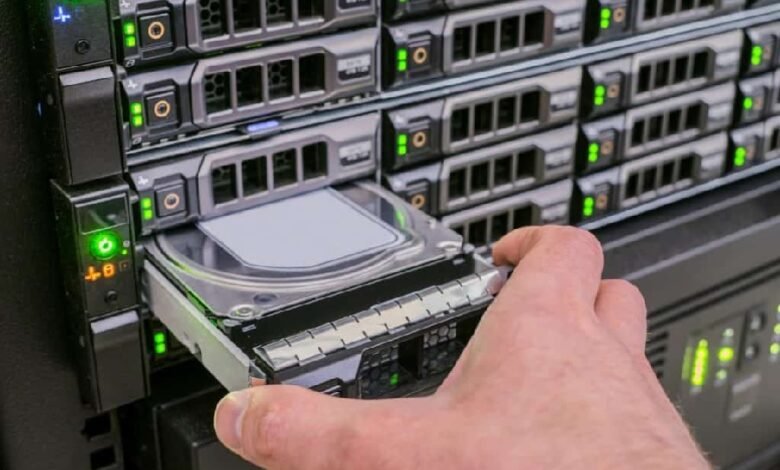
RAID (Redundant Array of Independent Disks) data storage is a popular choice for businesses and homes in Brisbane. RAID storage systems utilize multiple disks to provide redundancy and faster data access. While RAID provides a higher level of data protection, it’s not immune to data loss. Due to various factors such as hardware failures, software errors, user errors, or natural disasters, data loss can occur.
If you have experienced data loss on your RAID storage system in Brisbane, RAID data recovery services can be your lifesaver. However, it’s crucial to understand what to expect and how to prepare before diving into the process.
In this article, we’ll take a closer look at RAID data recovery in Brisbane and what you need to know before proceeding.
What to Expect During RAID Data Recovery?
RAID data recovery is a complex process that involves several steps to recover data from failed RAID arrays. Here are the primary steps involved in RAID data recovery:
Step 1: Analysis
The first step in RAID data recovery is analysis. During this stage, the recovery service provider will evaluate the disks to determine the type of RAID array and the extent of damage. The analysis will identify the cause of failure, such as disk failure, controller failure, or operating system failure.
Step 2: Repair or Replacement of Failed Components
Once the analysis is complete, the recovery service provider will repair or replace the failed components. This step may involve replacing damaged drives or controllers to restore the RAID array to its original state. In some instances, repair may not be possible, and replacement may be necessary.
Step 3: Data Extraction
When the RAID array is reconstructed, the data extraction process begins. The data extraction process involves pulling data from the RAID array and creating a backup on another storage device. This step ensures that the data is not lost again, in case something goes wrong during the recovery process.
Step 4: Restoration
The final step in the process is the restoration of the data from the backup to the RAID array once the failed components have been repaired or replaced. This step ensures that all data is available in the same location as before, allowing you to continue working where you left off.
It’s essential to note that data recovery is not an exact science, and it’s not always possible to recover all data from a failed RAID array. However, with specialized software and hardware, most data can be recovered with due diligence and care.
How to Prepare for RAID Data Recovery in Brisbane?
Before proceeding with RAID data recovery, several things must be kept in mind to ensure a fast and successful recovery process.
- Contact an Expert RAID Data Recovery Service Provider
Recovering data from a failed RAID array is not a simple task. It requires specialized skills and knowledge. Therefore, it’s essential to contact a professional RAID data recovery service provider in Brisbane. These experts can provide you with the necessary guidance and support to recover lost data.
- Do not Attempt to Recover Data Yourself
Attempting to recover data yourself from a failed RAID array can lead to even more data loss. It’s advisable to avoid such attempts and seek the help of a professional RAID data recovery service provider. These professionals have specialized tools and software to recover data safely and quickly.
- Take note of the RAID Level and Configuration
Knowing the RAID level and configuration used in your system can help speed up the process and ensure that the correct data is recovered. The RAID level and configuration can be found in the RAID controller documentation or in the server manual.
- Shut Down the System Immediately
If you suspect data loss on your RAID system, it’s crucial to shut down the system immediately to prevent further damage to the disks or backup disks. Continuing to write to the disks could result in permanent data loss or overwrite the data required for recovery.
- Backup Regularly
Backup your data regularly to avoid the risk of data loss. A data recovery plan that includes both on-site and off-site backups is essential to ensure data is always available.
Read Also: RAID Data Recovery Process: Step-by-Step Guide for Brisbane Users
Conclusion
RAID data recovery is a complex process that requires specialized knowledge and skills. If you have experienced data loss from a failed RAID array in Brisbane, contact a professional RAID data recovery service provider. By following the guidelines outlined in this article, you can be better prepared to recover lost data and protect against future data loss. Remember, failing to take careful consideration before proceeding with recovery can result in further data loss. RAID data recovery should always be handled by a skilled and experienced data recovery professional.



